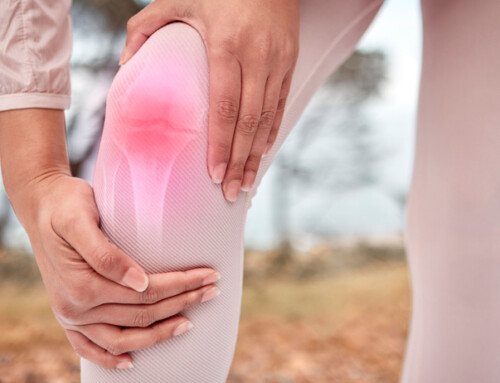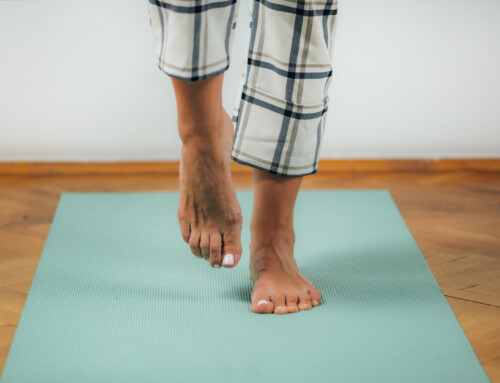By Juliana Geniti, SPT
While running is a great form of exercise for your heart and overall health, like any sport, injury is always a risk. Common injuries include inflammation of tendons, strained muscles, and stress fractures and they typically affect the feet, ankles, knees, and hips. Although the majority of runners will experience a running-related injury in life, most can be avoided with these 5 tips.
1. Getting Enough Sleep
When we sleep, our body is able to repair itself from the stresses it has endured throughout the day. It is recommended that adults get 7-9 hours of sleep, however when running is added into the mix, your body needs the extra sleep to rest and recover. As training intensity increases, your body may require up to 10 hours of sleep, so aiming for at least 8 hours is ideal.
2. Proper Footwear
There are hundreds of styles of shoes, but what works for some runners may not work for others. Everyone’s foot and running form is different, and the surfaces you run on impact your shoe choice. For example, road runners may need a more cushioned shoe than trail runners, and sprinters use different racing shoes than distance runners. Getting your foot assessed at a local running store is a great tool to find shoes that will be best suited for you.
Related blogs:
Running Shoes: Hoka’s
Barefoot Running: Pros and Cons
Arches and Running Shoes: What you Need to Know
3. Listen to Your Body
If while running your start to feel pains that don’t seem right, listening to your body is a good tool to prevent these aches from progressing to a worse injury. You can decrease your mileage, run at a slower pace, or even take a couple days off from running. While it may be frustrating to not be running when you had intended to, taking a brief rest is less time off than you would have to take if you got injured. Instead of going for a run, cross training is a great option to still get in a cardio workout. Cross training can include going for a swim, aqua jogging, biking, or using an elliptical.
4. Warm-up Before Runs
Studies have shown that implementing a dynamic warm-up before runs is the best way to stretch the muscles and prepare them for exercise. A dynamic warm-up gets the blood flowing, literally warms the muscles, and should be directed at the specific muscles you will be using. Prior to your run, adding in high knees, butt kicks, and a walking calf stretch are just a few of the many exercises you can add to your warm-up routine to prepare your body for a run.
5. Slowly Increase Mileage
Increasing your mileage too quick almost guarantees a future injury. To safely be able to run longer distances, aim for increasing your weekly mileage by about 10%. This means if you’re running 30 miles per week, no more than 3 miles should be added to your mileage the following week.
If you find yourself with a running injury, contact us today via our contact form, or call us directly at our physical therapy clinics in Malta, Saratoga or Queensbury at 518-289-5242 for a personal evaluation, and find out how we can help keep you on the track!






